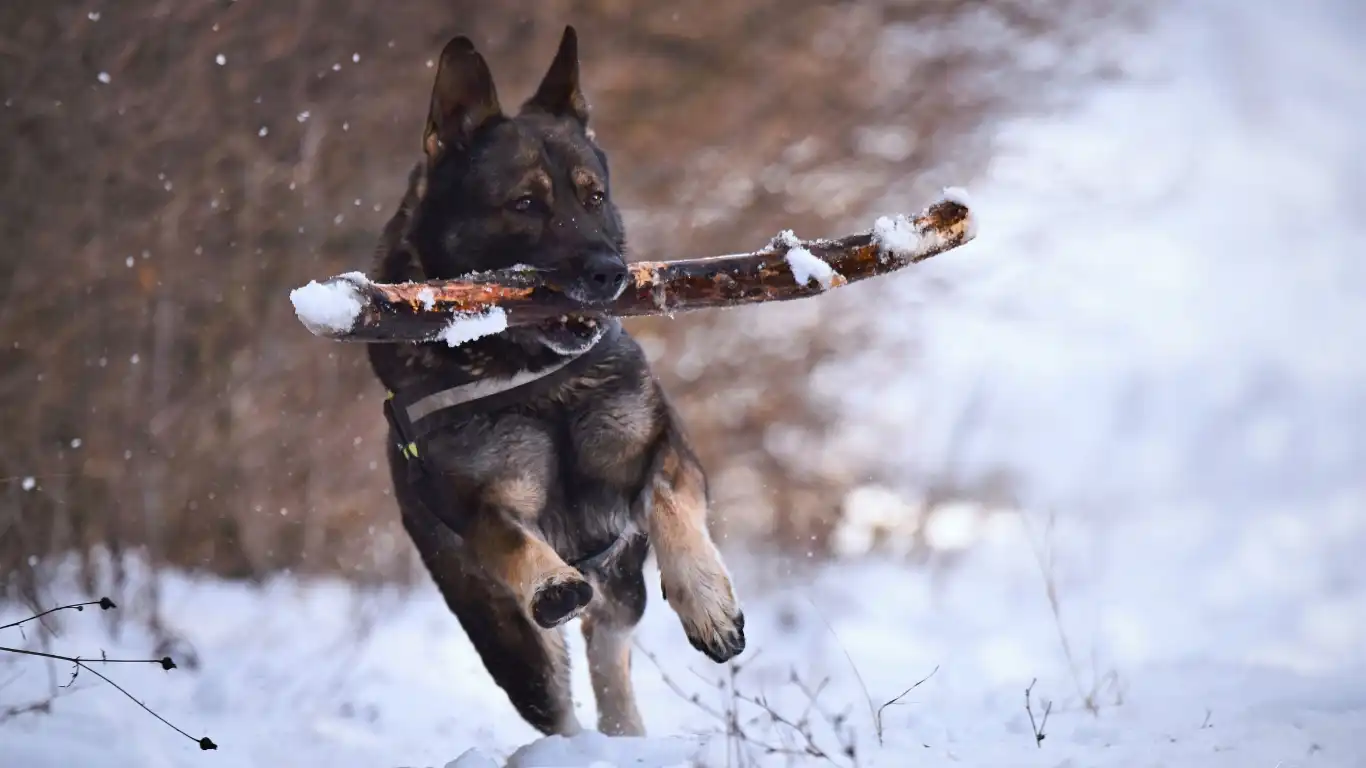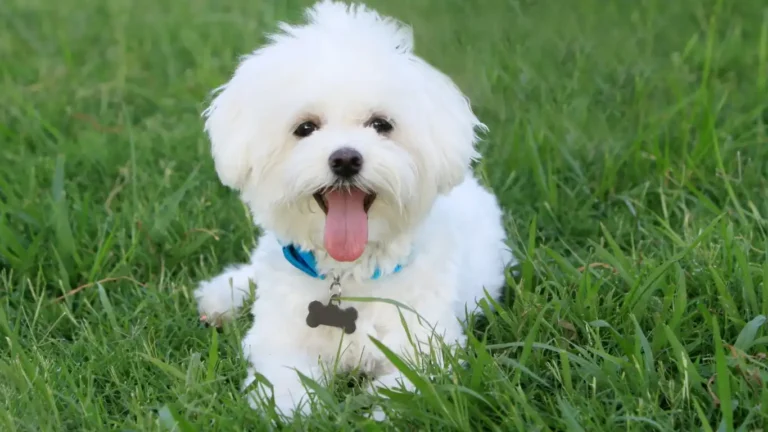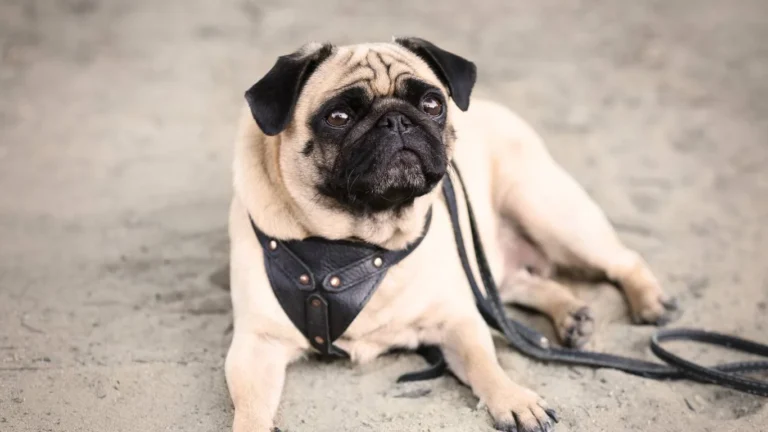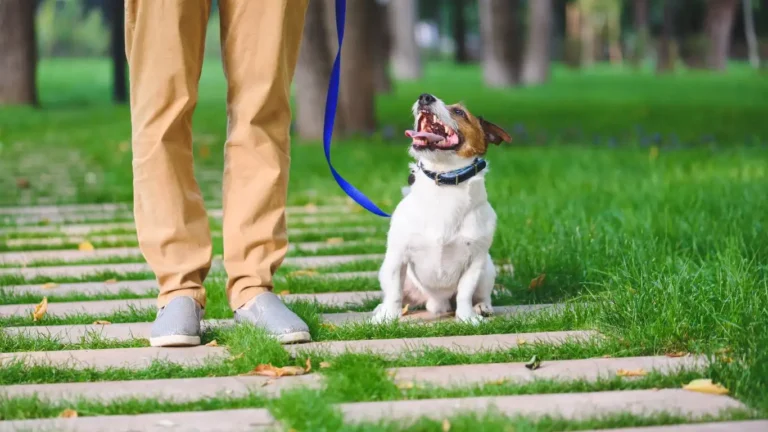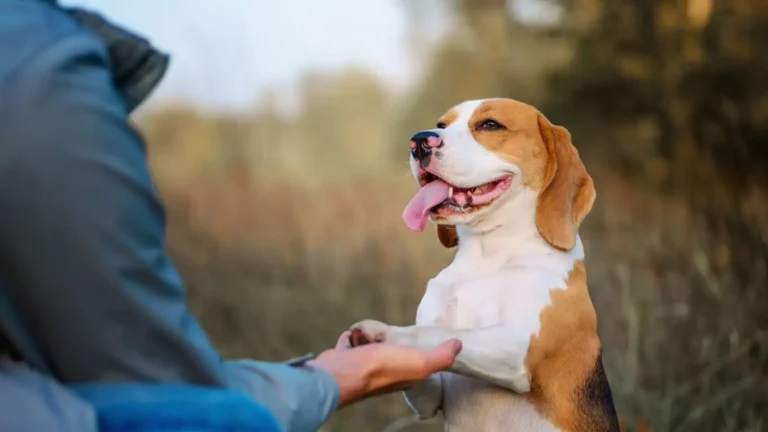How to Help a Dog Overcome Fear of Water: Simple Tips for Success
If you’ve ever tried to introduce your dog to water, you know it can be a frustrating experience. Whether it’s a pool, a lake, or even just a simple bath, some dogs have an intense fear of water. As a Veterinary Technician with a focus on nutrition, I’ve seen many dogs struggle with this, and it’s not just about keeping them clean. Overcoming a fear of water can improve your dog’s quality of life, making baths easier, pool playtime enjoyable, and even making trips to the beach a possibility. In this article, I’m going to walk you through some practical steps on how to help a dog overcome fear of water, based on both my professional experience and personal observations from working with pets day in and day out. Let’s dive in (pun intended!) and help your dog feel comfortable and confident around water.
Understanding the Root Causes of Fear
Before you can help your dog overcome their fear of water, it’s crucial to understand why they’re afraid in the first place. Fear of water in dogs can be triggered by many things—some of which you might not even realize. Here’s what I’ve learned from my work in veterinary care and nutrition:
1. Negative Past Experiences
One of the most common reasons a dog might fear water is because of a negative experience they had with it in the past. Maybe they were dunked in the water or had an unpleasant experience with a bath. This trauma can stick with them for a long time, and understandably, they may associate water with discomfort or fear. I’ve worked with many clients whose dogs were terrified of water simply because of a poor experience during their puppyhood, and in those cases, it’s crucial to approach the situation with patience and understanding.
2. Lack of Early Exposure
Just like anything in life, the earlier you expose your dog to something, the less likely they are to develop a fear of it. Puppies who are never exposed to water in a calm and positive environment may develop an irrational fear as they grow older. That’s why I always recommend gently introducing puppies to water, whether it’s a shallow kiddie pool or a calm lake, in a positive, playful way. If you have an older dog who’s never had this exposure, though, don’t worry—it’s not too late to help them overcome this fear.
3. Anxiety or Sensory Overload
Some dogs might be afraid of water simply because of the sensory overload. The sound of splashing water, the feeling of water on their fur, or the unfamiliar environment of a pool can be intimidating. I’ve worked with dogs who get anxious just hearing the sound of running water from a tap! These dogs often need help slowly adjusting to the sights, sounds, and sensations of water in a safe, controlled way. If your dog has a naturally anxious temperament, this could be an added layer of difficulty, but with patience, it can be overcome.

Start with Gradual Exposure
When it comes to helping a dog overcome fear of water, gradual exposure is key. You can’t expect them to just jump in the deep end right away. Literally! Start with low-pressure, positive interactions, and let your dog control the pace. Here’s how I recommend doing it:
1. Begin with the Basics: Water Sounds and Sight
Before you even think about getting your dog’s paws wet, start by letting them get comfortable with the sight and sound of water. If your dog is particularly anxious around the sound of water, try playing calm water sounds on your phone or through speakers to help desensitize them. Similarly, letting them watch you or another pet enjoy water from a safe distance can pique their curiosity and give them time to adjust without feeling forced into the situation.
2. Shallow Water Play
Once your dog is more comfortable with the idea of water, it’s time to move to the next step—getting them into shallow water. This could be a kiddie pool, a shallow stream, or even the edge of a lake or beach. You don’t want to overwhelm them, so always start with water that only covers their paws. I’ve found that some dogs are more willing to take the first step when they’re able to approach the water at their own pace. You might want to bring along their favorite toys or treats to keep things positive. This step is all about building their confidence, so patience is important.
3. Rewarding Calm Behavior
Positive reinforcement is one of the most powerful tools in a trainer’s arsenal. If your dog takes even the smallest step toward the water—whether that’s dipping a toe in or even just sniffing it—reward them with treats, praise, or their favorite toy. This helps them associate water with good things, and before long, they’ll be more likely to approach it again on their own terms.

Building Trust and Confidence Over Time
Helping a dog overcome a fear of water is a process that takes time. Trust is a huge factor, especially if your dog has had negative experiences in the past. It’s important to stay consistent with your approach, but also flexible enough to adjust based on your dog’s needs. Here are some key things to keep in mind as you continue the journey:
1. Take Baby Steps
Don’t rush your dog. If you try to force them into the water before they’re ready, you risk setting back the progress they’ve made. Go at their pace and give them plenty of time to process each step. If you see signs of stress, like a tucked tail or panting, it’s time to take a break. I’ve had clients who were impatient and pushed their dogs too quickly, which only made the fear worse. Slow and steady wins the race!
2. Consistency is Key
Whether you’re practicing in your backyard with a kiddie pool or visiting a lake, try to make the water experience a regular part of your dog’s routine. The more often they interact with water in a positive way, the less intimidating it will seem. Try to keep sessions short and sweet to avoid overwhelming your dog.
3. Stay Calm and Supportive
Dogs are incredibly sensitive to their owner’s emotions. If you’re anxious or frustrated about your dog’s progress, they’re likely to pick up on that and become more anxious themselves. Stay calm, patient, and supportive throughout the process. Your dog will look to you for guidance, so providing them with reassurance and a calm presence will help them feel more secure.

Overcoming Setbacks: How to Handle Relapses
As you work on helping your dog overcome their fear of water, you might encounter a few setbacks. Maybe your dog seemed fine one day, but the next time you try to introduce them to water, they freeze up or become more fearful. Don’t worry! This is totally normal, and it’s just part of the process. It’s important to keep a few things in mind when this happens:
1. Dogs Can Have “Bad Days”
Just like us, dogs can have good days and bad days. A setback doesn’t mean all your hard work has been for nothing. It might be that your dog is feeling extra stressed, anxious, or just not in the mood to engage with water. In these moments, it’s crucial to stay calm and not force the situation. When I’ve had clients experience relapses with their dogs, I always remind them to give their dogs a little grace. Sometimes, just taking a break and coming back to the water later can make all the difference. Try not to be discouraged—this is a process that takes time.
2. Use Positive Reinforcement to Rebuild Confidence
If your dog seems hesitant after a setback, it’s time to go back to the basics. Start with the same gentle, low-pressure approach you used earlier. Maybe it’s simply letting them watch you interact with water for a while or giving them treats when they get close to the edge of the pool. The key is to make water a positive experience once again. When I’ve helped dogs work through setbacks, I’ve found that consistency and patience are vital. Going back to small steps helps them rebuild their confidence and re-associate water with good things.

Introducing Water Play in Fun and Positive Ways
It’s one thing to get your dog to tolerate water, but it’s another to make it something they enjoy. If your dog has learned to trust you around water, you can start introducing water play. The goal here is to create positive associations with water through fun activities that your dog loves. Here are a few ways you can turn water into a fun, enjoyable experience:
1. Splash Around with Them
One of the easiest ways to help your dog enjoy water is to play with them! Whether you’re at the beach, a pool, or even just a shallow stream, your dog will be more likely to get into the water if they see you enjoying it. I’ve found that when I’m in the water having fun, dogs are more likely to follow my lead. Try splashing the water gently with your hands and calling your dog over to join you. Be playful and encourage them to dip their paws in, using toys or treats as motivation.
2. Water Games and Toys
Another way to make water more enticing for your dog is by introducing water toys. There are plenty of floating toys available that are perfect for dogs. Whether it’s a floating ball, a tug rope, or a squeaky toy, these can be great incentives for your dog to get into the water. I’ve worked with many dogs who were initially hesitant, but once a fun toy was introduced, their natural curiosity kicked in. You can start by tossing the toy just a little bit into the water, and gradually increase the distance as your dog becomes more comfortable. This helps your dog associate water with play and fun, rather than fear.
3. Water Games at Home
If you don’t have access to a beach or a lake, you can still have fun with water at home. A kiddie pool is a great option for introducing water play in your backyard. You can fill it up with just a couple of inches of water to start and encourage your dog to step in. Over time, as your dog’s confidence grows, you can add more water to make it deeper. It’s also a good idea to make these sessions short and sweet to avoid overwhelming them. I often recommend using this kind of water play to reinforce the idea that water is a place for fun, not stress!

When to Seek Professional Help
While many dogs can overcome their fear of water with patience and consistent training, there are some cases where professional help might be necessary. If your dog’s fear is deeply ingrained or they exhibit signs of severe anxiety, it could be time to consult a professional trainer or behaviorist. I’ve worked with several clients whose dogs had phobias that went beyond the normal apprehension of water. In these cases, a behaviorist can help with tailored training techniques that take into account your dog’s specific fears and needs.
1. Signs of Severe Anxiety
If your dog shows signs of extreme distress around water, such as excessive drooling, shaking, panting, or even aggression, it’s important to take these symptoms seriously. While some level of fear is normal, excessive anxiety can be a sign that your dog needs specialized attention. In my experience, these cases often involve deep-rooted fears that require more than just exposure therapy. A professional trainer can work with your dog in a safe, controlled way to address the underlying causes of their fear.
2. Looking for a Certified Trainer
If you decide to seek professional help, make sure to find a certified trainer or behaviorist who specializes in fear-based behavior. Positive reinforcement is key, and a skilled trainer can guide you in the best methods to help your dog overcome their fear of water. It’s also important to ensure that the trainer has experience working with dogs with anxiety issues. If you’re unsure where to start, I always recommend asking your vet for a referral or checking online for trainers in your area who have good reviews and credentials.
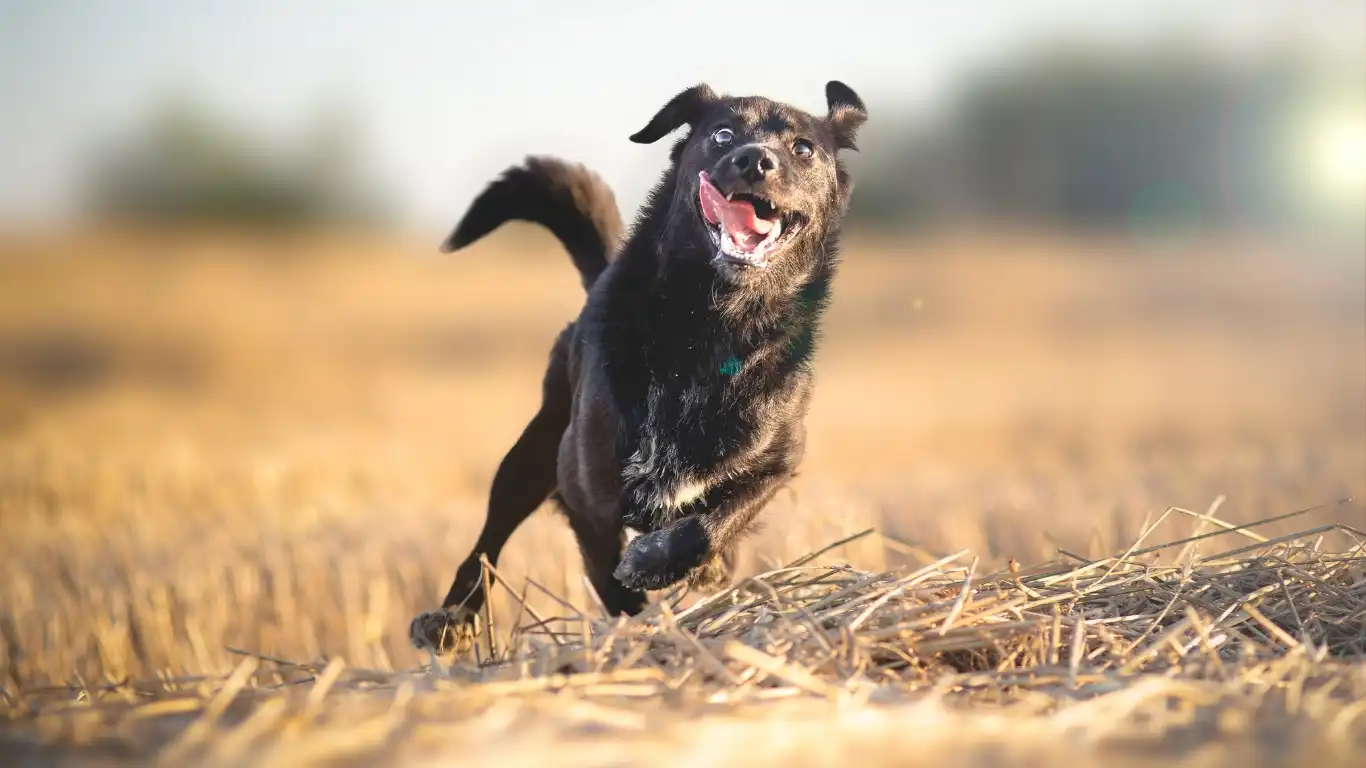
Maintaining Progress and Ensuring Long-Term Success
By now, your dog is likely starting to feel more comfortable around water. However, overcoming a fear of water isn’t something that happens overnight, and it’s important to continue supporting your dog as they build confidence. A lot of pet owners think once a dog is comfortable with something, they’re done with training, but the reality is, there’s always a little maintenance to be done to ensure the progress sticks. Here’s how you can maintain that hard-earned progress in the long run:
1. Continue Regular, Low-Pressure Exposure
Even after your dog has learned to enjoy or tolerate water, it’s essential to keep exposing them to it regularly. This doesn’t mean you need to spend hours in the water every day, but frequent, low-pressure interactions will help reinforce their comfort level. You might try a weekly visit to the lake or even daily short sessions with a kiddie pool. Remember, it’s all about making water a normal part of their routine. I’ve noticed that the dogs who continue to practice water interactions regularly, even in small ways, tend to maintain their confidence and build positive associations with water over time.
2. Watch for Signs of Stress and Take Breaks
Just because your dog is more comfortable with water doesn’t mean they’re immune to stress. Dogs, like people, can still have moments where they’re not in the mood or feel overwhelmed. If you notice signs of discomfort, like tail tucking, reluctance to get into the water, or excessive panting, take a step back. Give your dog some space, and allow them time to relax before trying again. Sometimes, even the most confident dogs can have off days, and that’s totally okay. I often tell my clients to treat these moments like a reset: take a break, and then reintroduce the water experience in a more relaxed manner. Patience is key!

Water-Based Activities to Keep Them Engaged
Once your dog is comfortable with the basics of water, you can start introducing more engaging activities that combine play and learning. These activities can help keep your dog excited about water and ensure that their fear never returns. If you’re looking to take things to the next level, here are a few activities I highly recommend:
1. Swimming Lessons
If your dog is comfortable with shallow water, why not take the next step and teach them how to swim? Swimming is not only a fun activity, but it’s also great for your dog’s physical health, particularly for those with joint issues or excess energy. When teaching your dog to swim, make sure you start in a shallow area where they can stand easily and gradually encourage them to swim. I’ve seen dogs go from barely dipping their toes to happily swimming laps in the pool after consistent practice. With the right encouragement, your dog can learn to enjoy swimming and gain additional confidence in the water.
2. Water Fetch Games
One of the easiest and most enjoyable ways to keep your dog engaged with water is through water fetch games. This is especially great if your dog loves to retrieve toys. You can use a floating toy like a ball, frisbee, or even a stick to get them to fetch in the water. This combines their love of fetch with their newfound comfort in water. Start by throwing the toy a short distance into the water, and gradually increase the distance as your dog gets more comfortable with swimming or wading. It’s a great way to burn off energy and keep them excited about water play!
3. Explore Water Sports for Dogs
If you’re looking for something a little more advanced, there are even water sports that dogs can participate in, like dock diving or paddleboarding. For active dogs, these sports can provide a fantastic outlet for their energy and help build a bond between you and your dog. I’ve had clients whose dogs have gone on to compete in dog sports like these, and it’s incredibly rewarding to see the growth from overcoming a fear of water to excelling in water-based activities.

References
If you’d like to learn more about how to help your dog overcome their fear of water, check out these helpful resources:
- PawPatron – Canine Training Tips and Advice
- Google Health – Understanding Dog Anxiety
- American Kennel Club – Dog Behavior and Training
Disclaimer
The information provided in this article is based on my personal experience as a Veterinary Technician and my observations working with dogs. While the advice shared here is intended to be helpful, it’s important to remember that each dog is unique, and there may be specific circumstances where additional professional help is necessary. Always consult with your veterinarian or a certified dog trainer if you have concerns about your dog’s behavior or anxiety around water.
